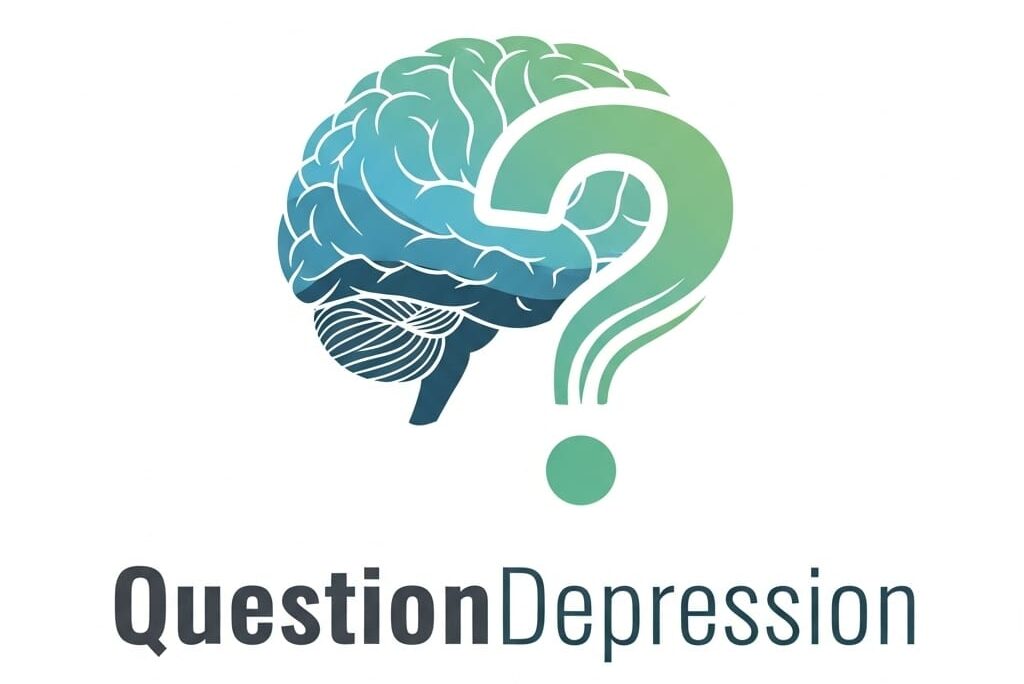Supportive therapy works by using a mix of emotional support, practical advice, and positive reinforcement to help people stabilize, cope, and feel stronger, without overwhelming them or forcing immersed exploration before they’re ready.
- Building a strong, safe therapeutic relationship

-
- From the start, the therapist concentrates on making the client feel heard, understood, and respected.
-
- The counselor listens actively, shows empathy, and creates a space where the client feels safe sharing whatever they’re struggling with.
-
- This relationship itself becomes a healing force.
- Focusing on the present, not digging into the past
-
- The therapy usually stays focused on current problems, emotions, and stressors.
It’s about:
-
-
- “How are you coping today?”
-
-
-
- “What can we do right now to make things a little better?”
-
-
- Big, painful memories or unconscious conflicts aren’t the focal point unless the client brings them up and wants to explore.
- Strengthening healthy coping skills and defenses

-
- The psychotherapist reinforces adaptive strategies the client already uses (like problem-solving, reaching out to friends, and healthy distraction).
-
- They gently promote new skills if needed, but without heavy pressure.
-
- Think of it like watering the healthy plants rather than digging out all the weeds at once.
- Providing emotional validation
-
- A massive part of supportive therapy is normalizing what the client feels:
-
-
- “It makes sense you feel exhausted, given everything you’re dealing with.”
-
-
- This combats the inner critical voice so common in depression and makes them feel less broken or “crazy.”
- Helping with practical problem-solving
-
- Supportive therapy isn’t just emotional because it’s also action-oriented.
-
- The counselor helps break tasks down into small, manageable steps if someone is plagued by tasks (like finding a job, managing finances, or dealing with family drama).
-
- The goal is to reduce stress and empower the client to act.
- Encouraging hope and realistic positivity
-
- The therapist aids in seeing small wins and maintaining hope, but without fake positivity or unreasonable optimism.
-
- It’s about acknowledging actual struggles and real strengths at the same time.
Join our forum and Facebook
Please consider joining our forum and Facebook if you enjoyed reading this and would like to chat with like-minded peers about anything depression related.
It would certainly go a long way toward making my dream of creating a thriving, supportive community a reality!

